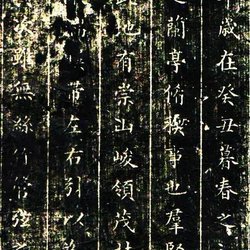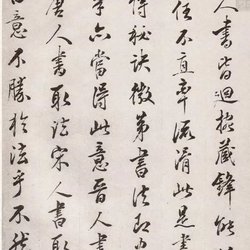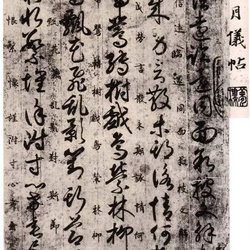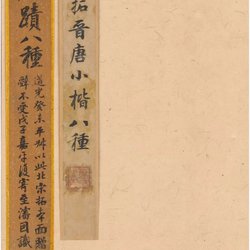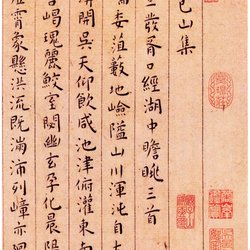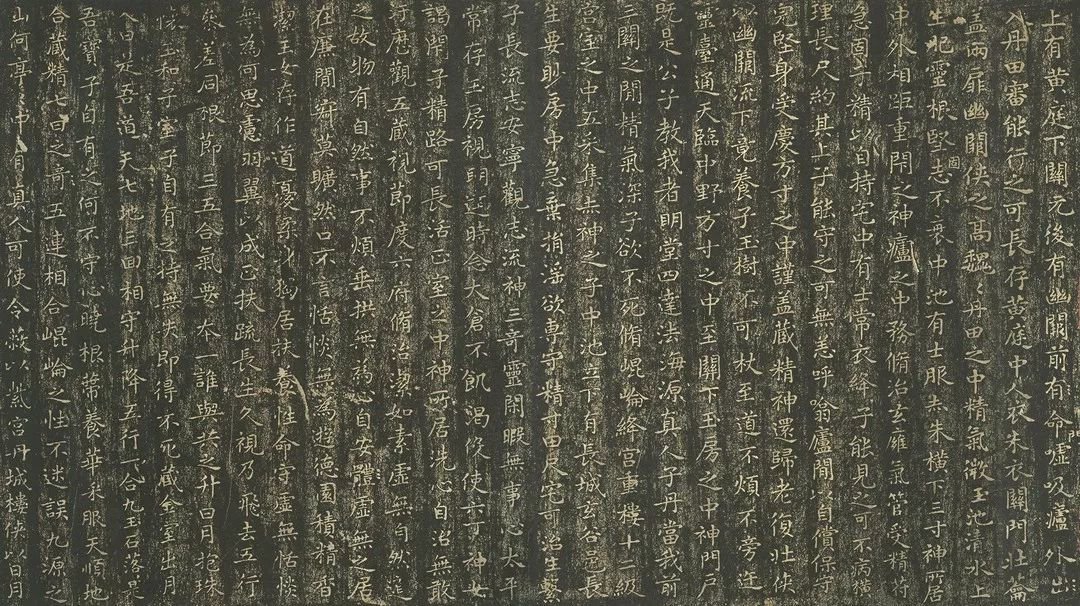
Wang Xizhi not only wrote "Lanting Preface"
Wang Xizhi is a representative calligrapher in this period. His work "Preface to the Lanting Collection" is best known to the public as "the best running script in the world". Wang Xizhi is good at both regular script and cursive script. He is an outstanding representative of "Kuai Xue Shi Qing Tie" in running script, "Seventeen Tie" in cursive script, and "Huang Ting Jing" in regular script.
"Le Yi Lun" (Yuezhou Shi's Edition)
"Heart Peace Edition Huang Ting Jing"
"Le Yi Lun" (Yuezhou Shi's Edition)
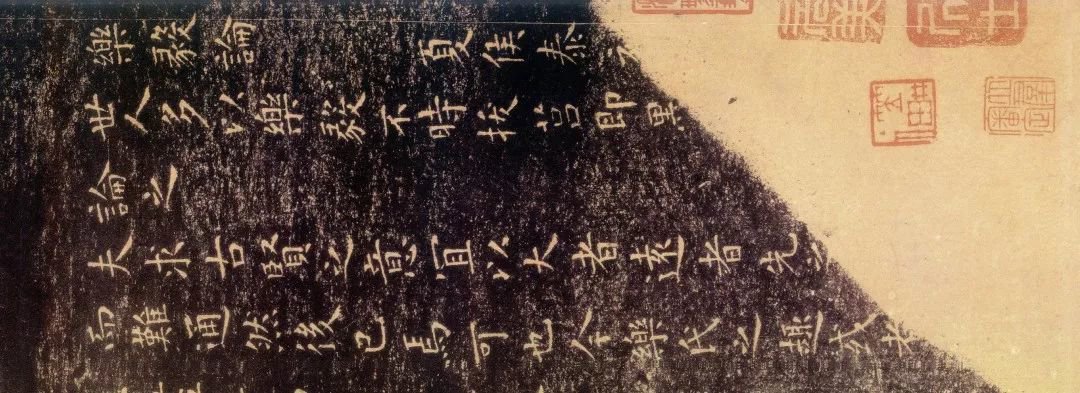
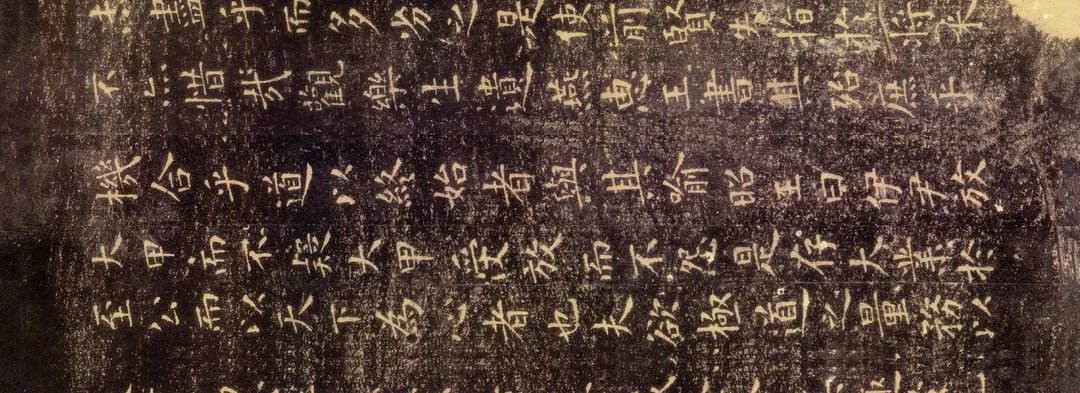
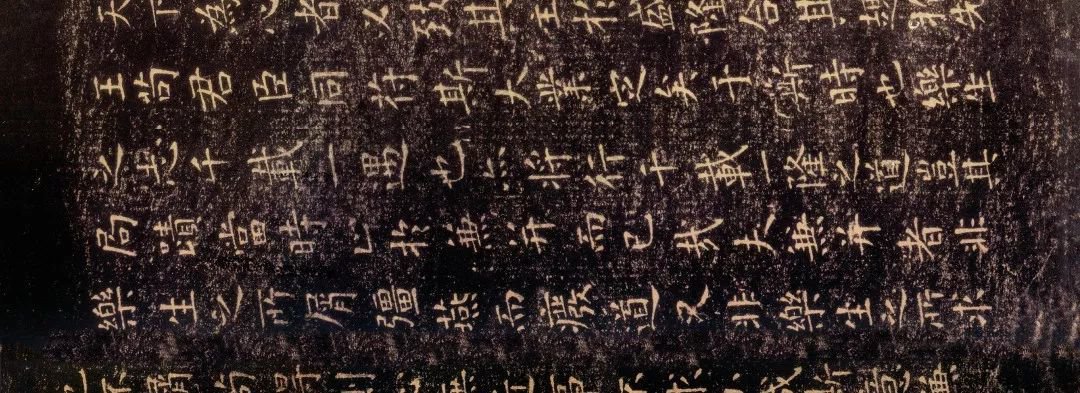
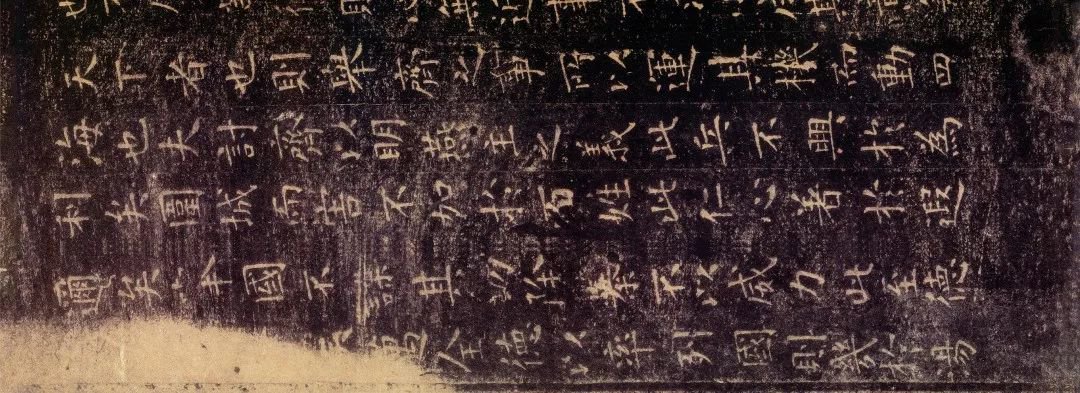
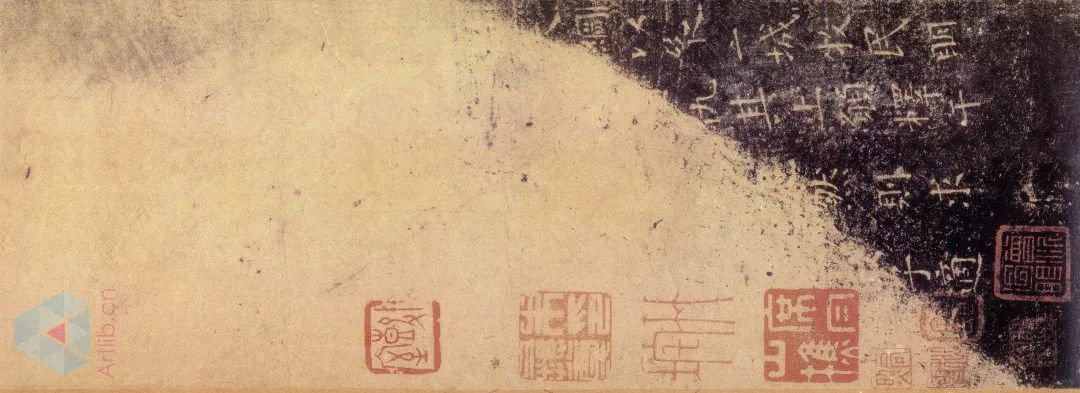
38cm×69cm|Collected by Tokyo National Museum
Compared with the plain, thick and vigorous regular script of the Tang Dynasty, Wang Xizhi's regular script is much more graceful and soft, which is inseparable from his teacher-inheritance relationship.
Wang Xizhi once studied calligraphy from Mrs. Wei (Wei Shuo), and Mrs. Wei also studied under Zhong Yao and was famous for her "hairpin flower small regular script". "Book Review of the Tang Dynasty" said: "Mrs. Wei's books are like a flower-arranging dancer, with a low posture and beauty. It is also like a beautiful woman on the stage, a fairy making shadows, red lotus reflecting water, and green marsh floating clouds." Wang Xizhi's study of calligraphy was naturally influenced by her.
"Heart Peace Edition Huang Ting Jing"
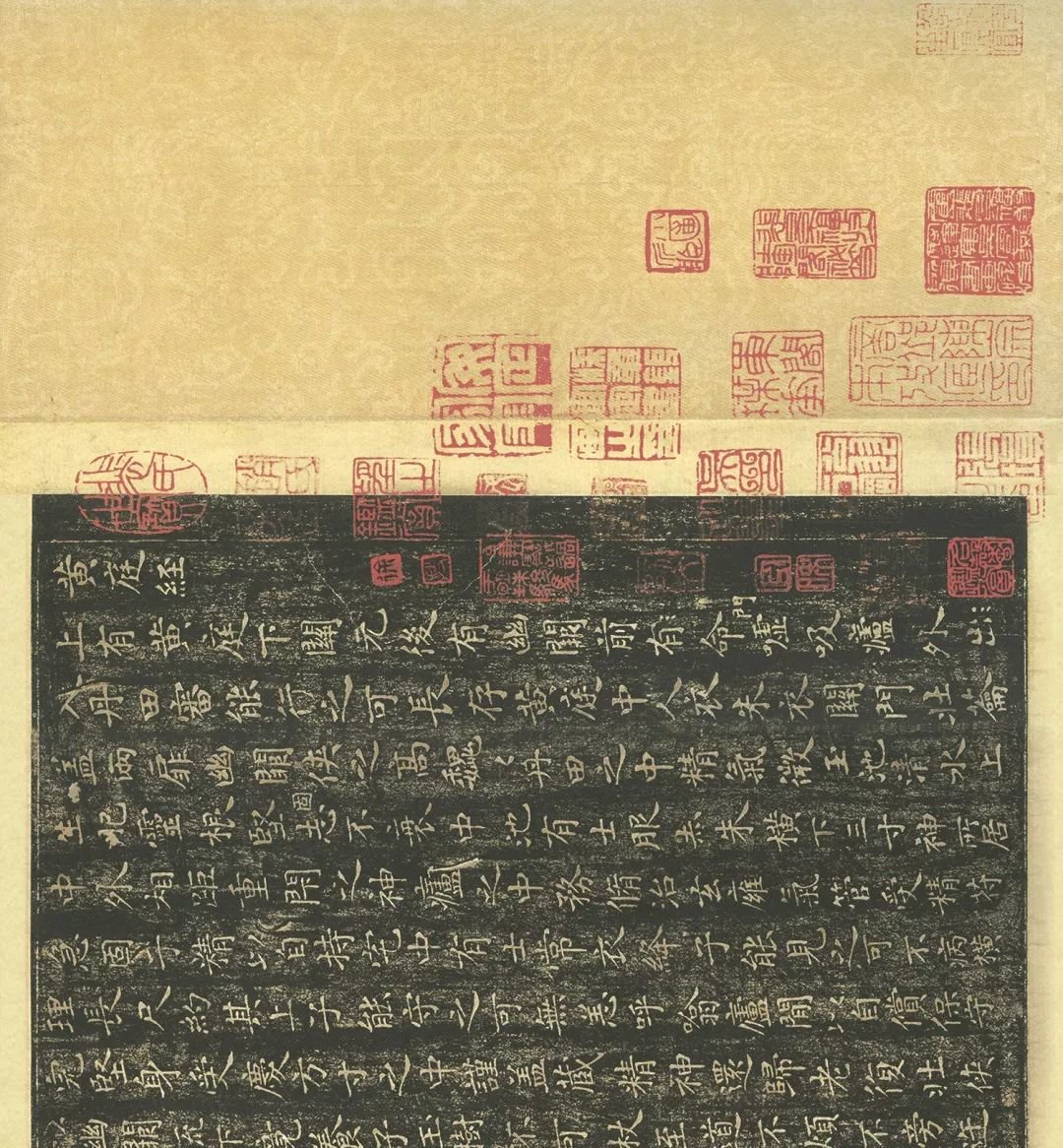
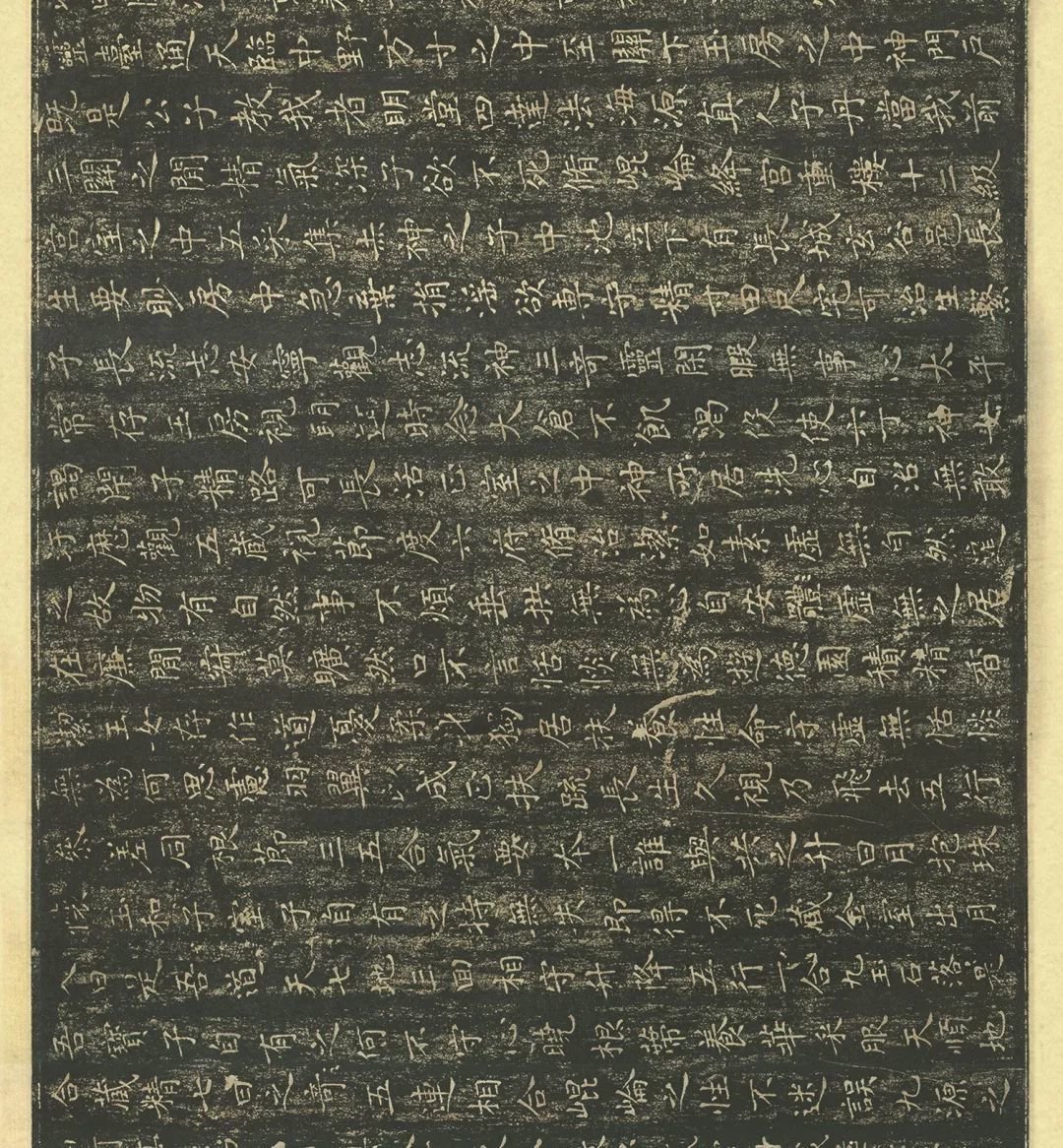
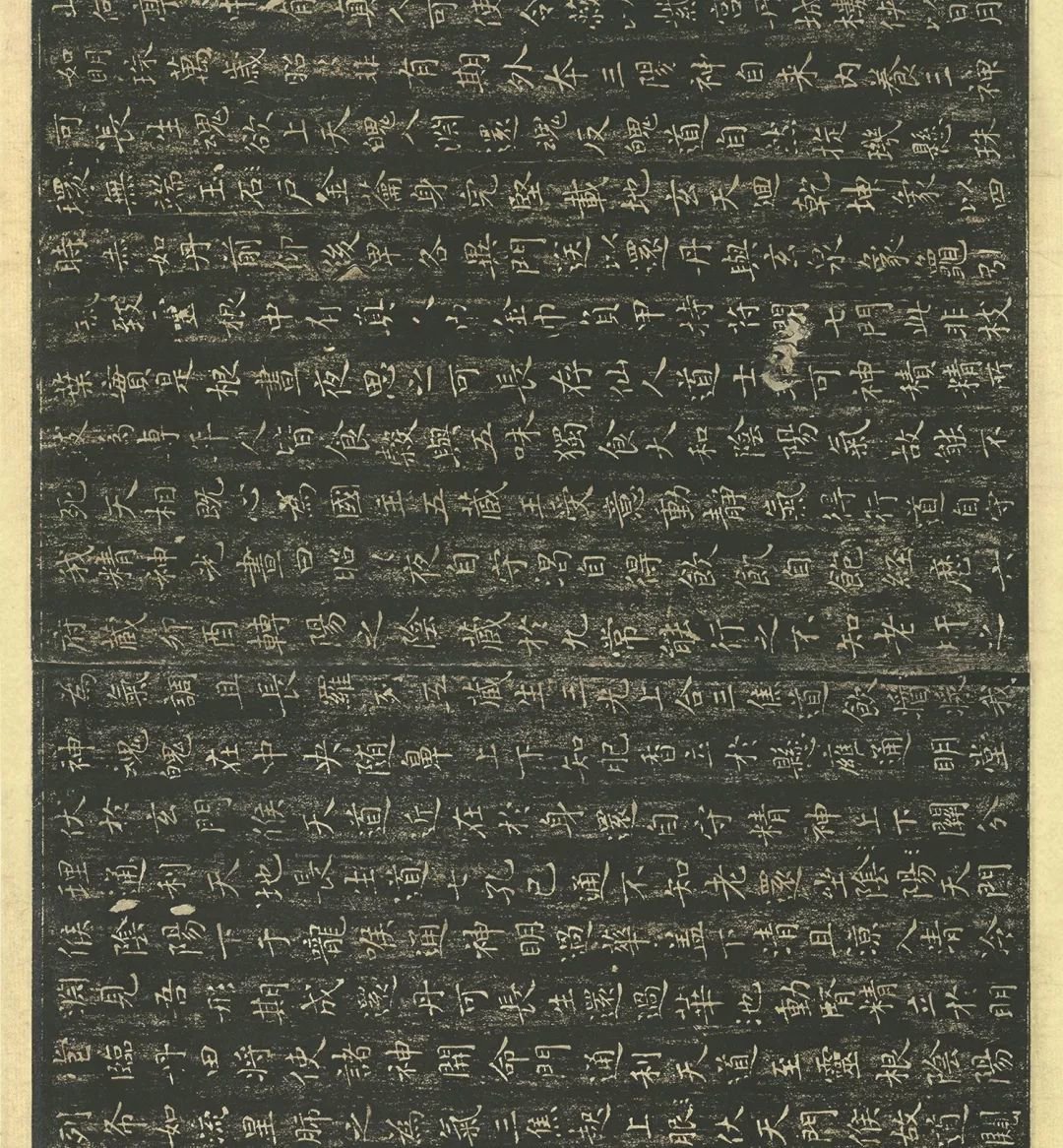
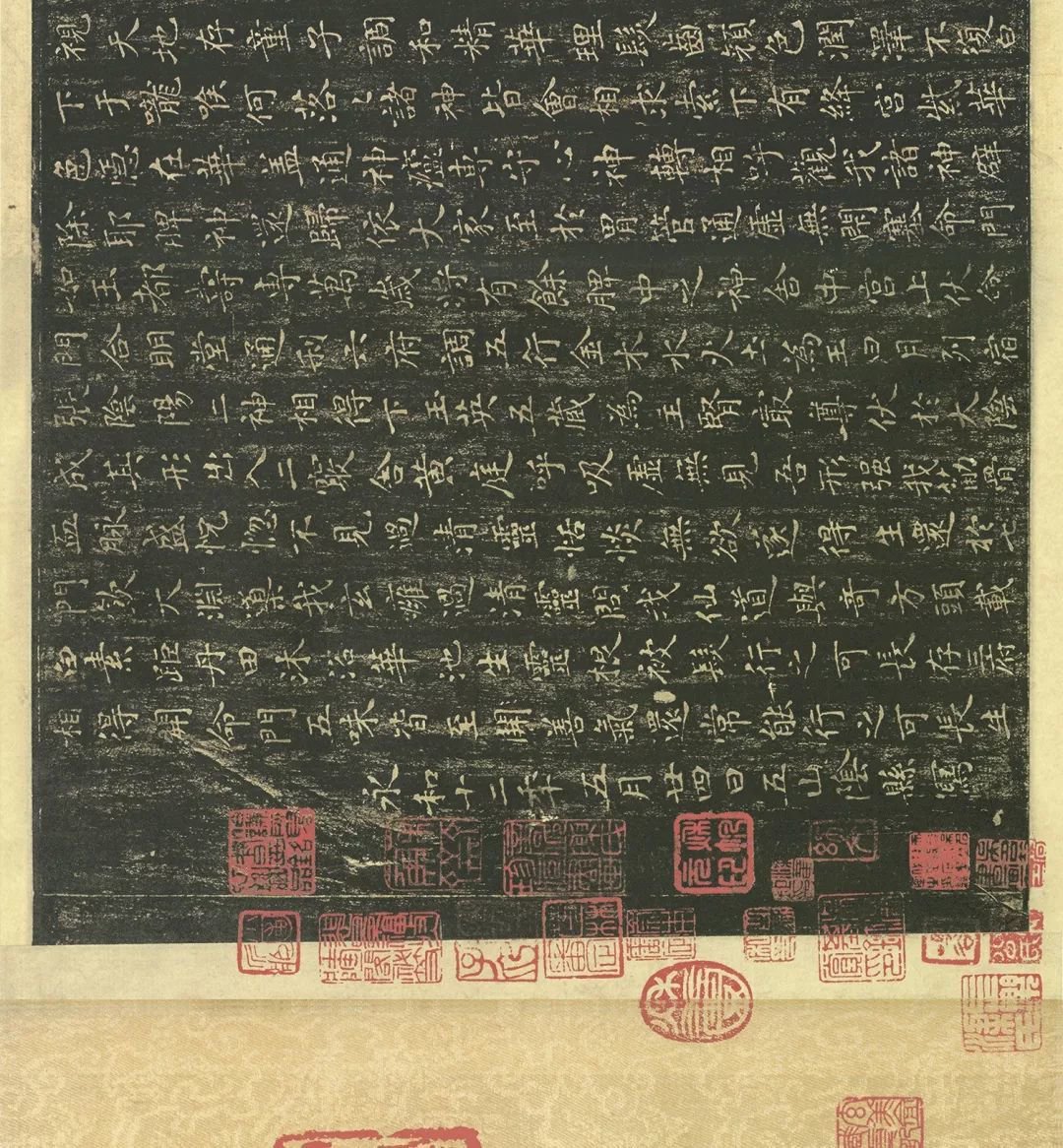
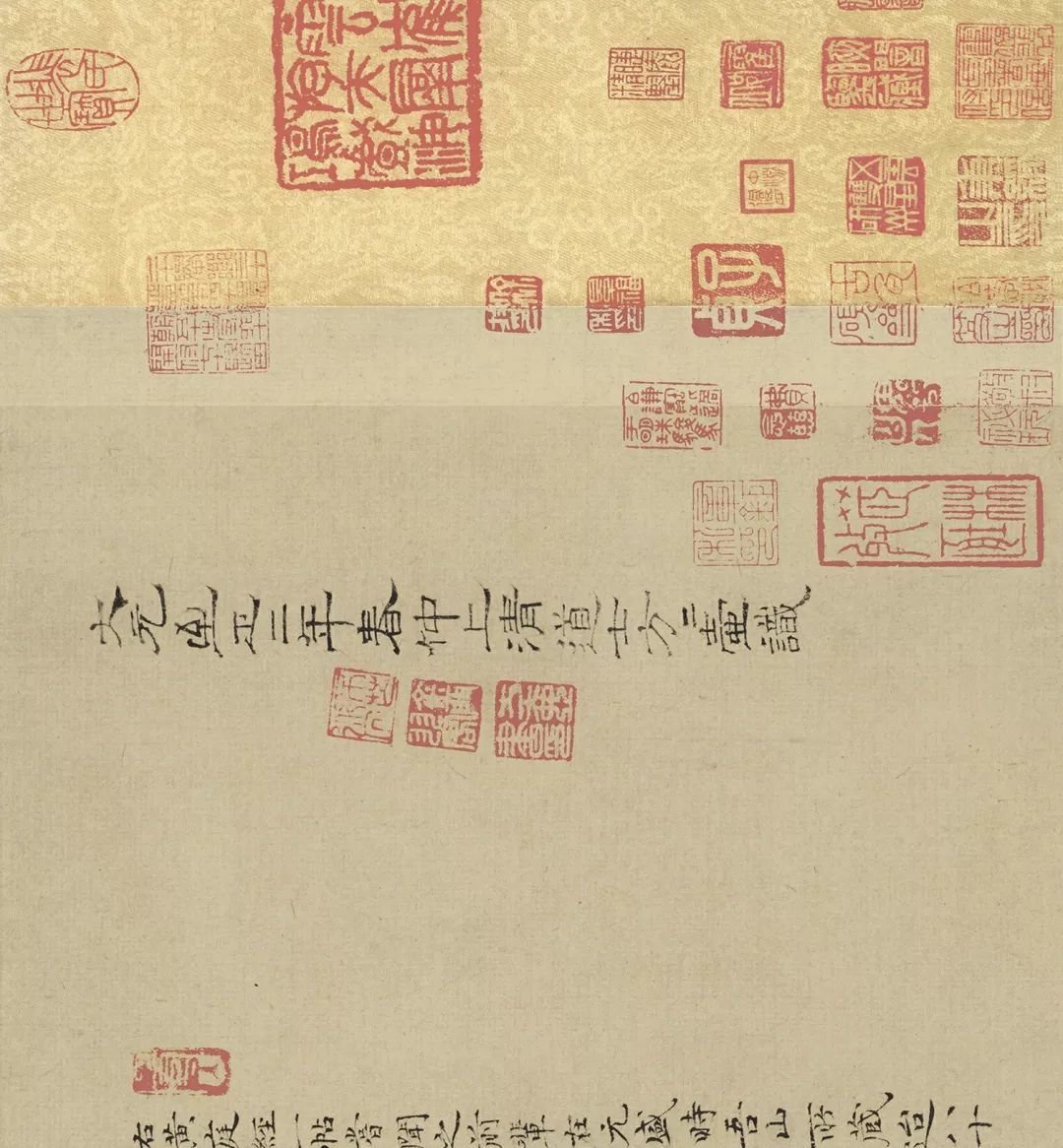
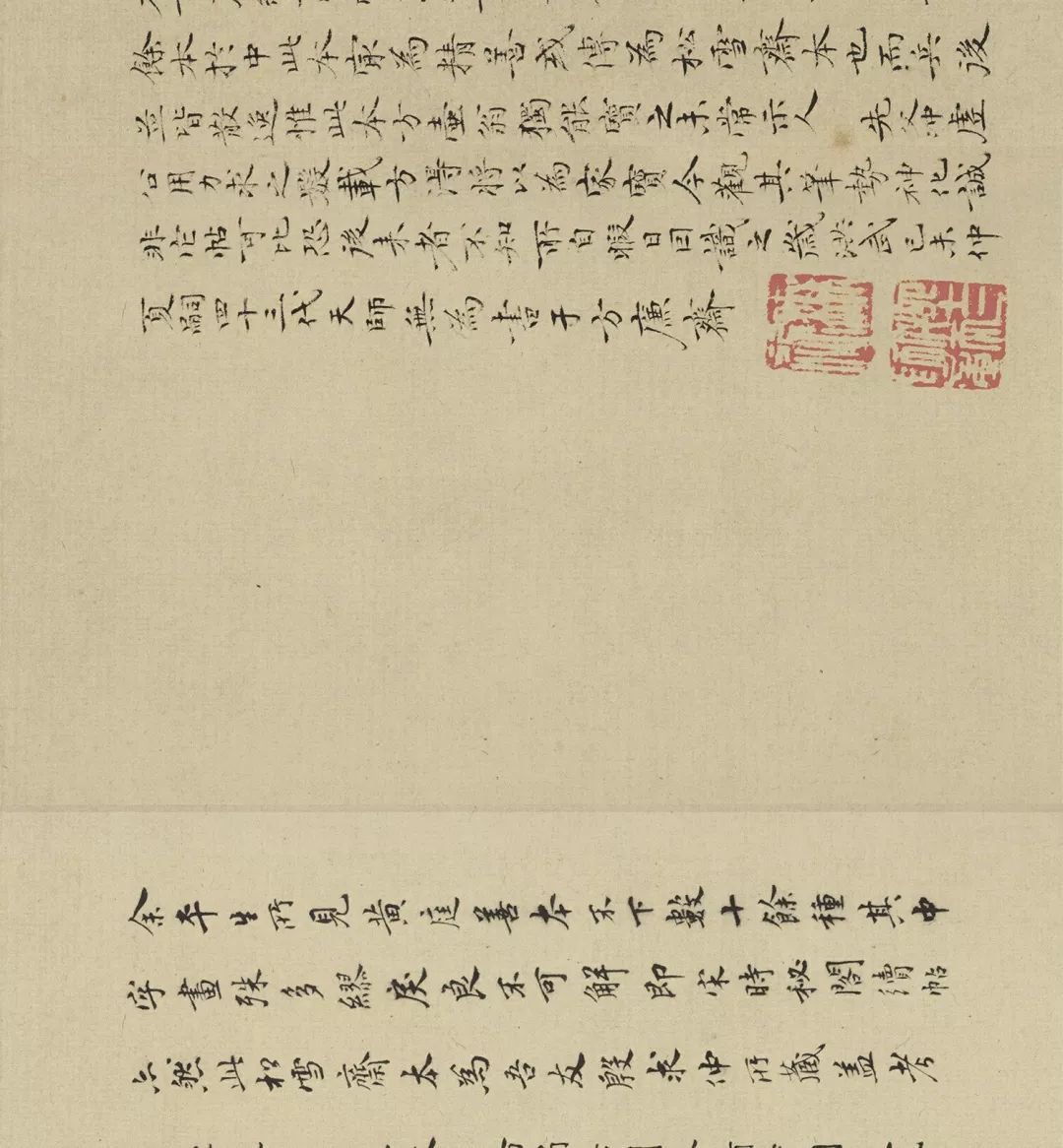
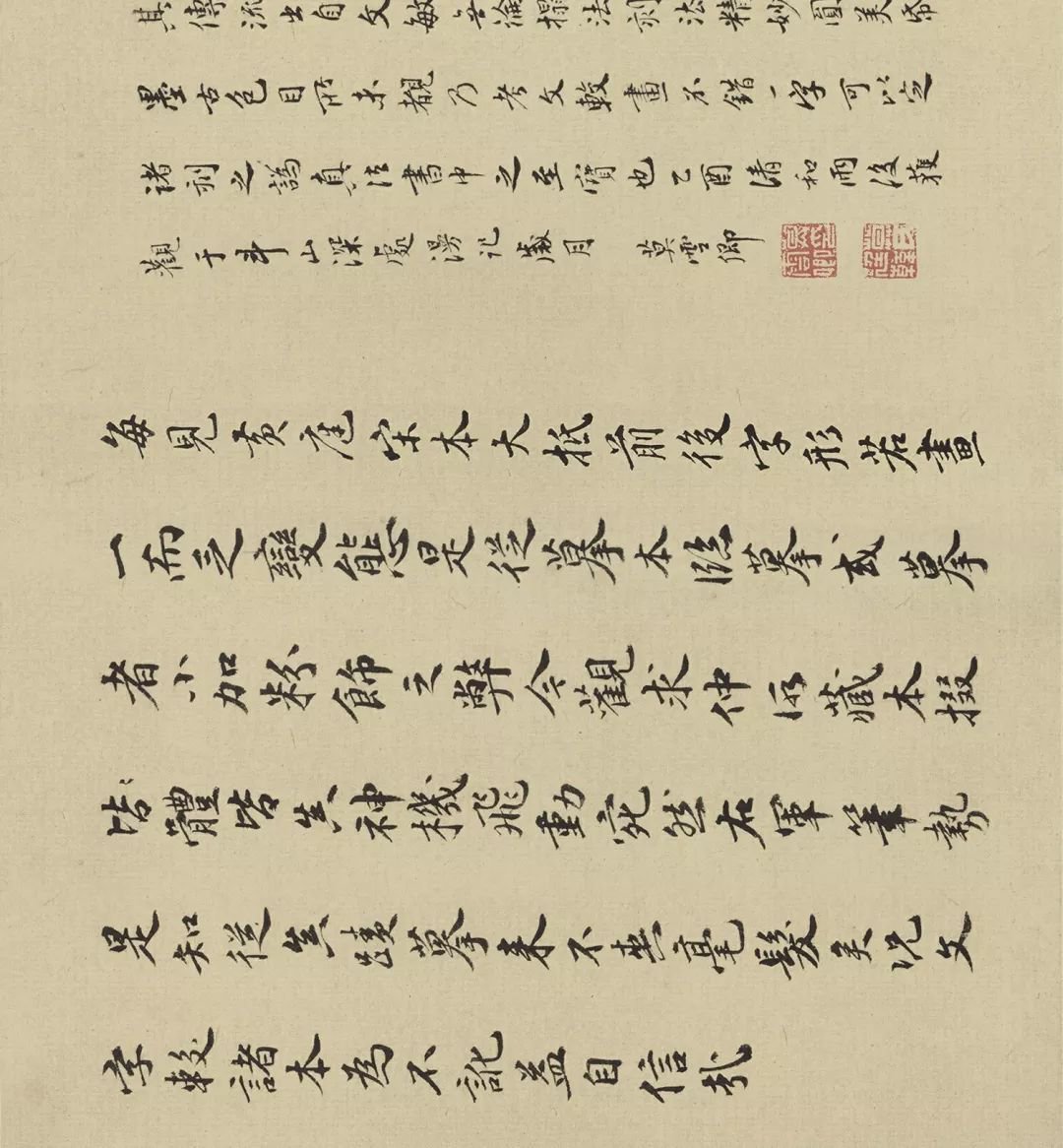
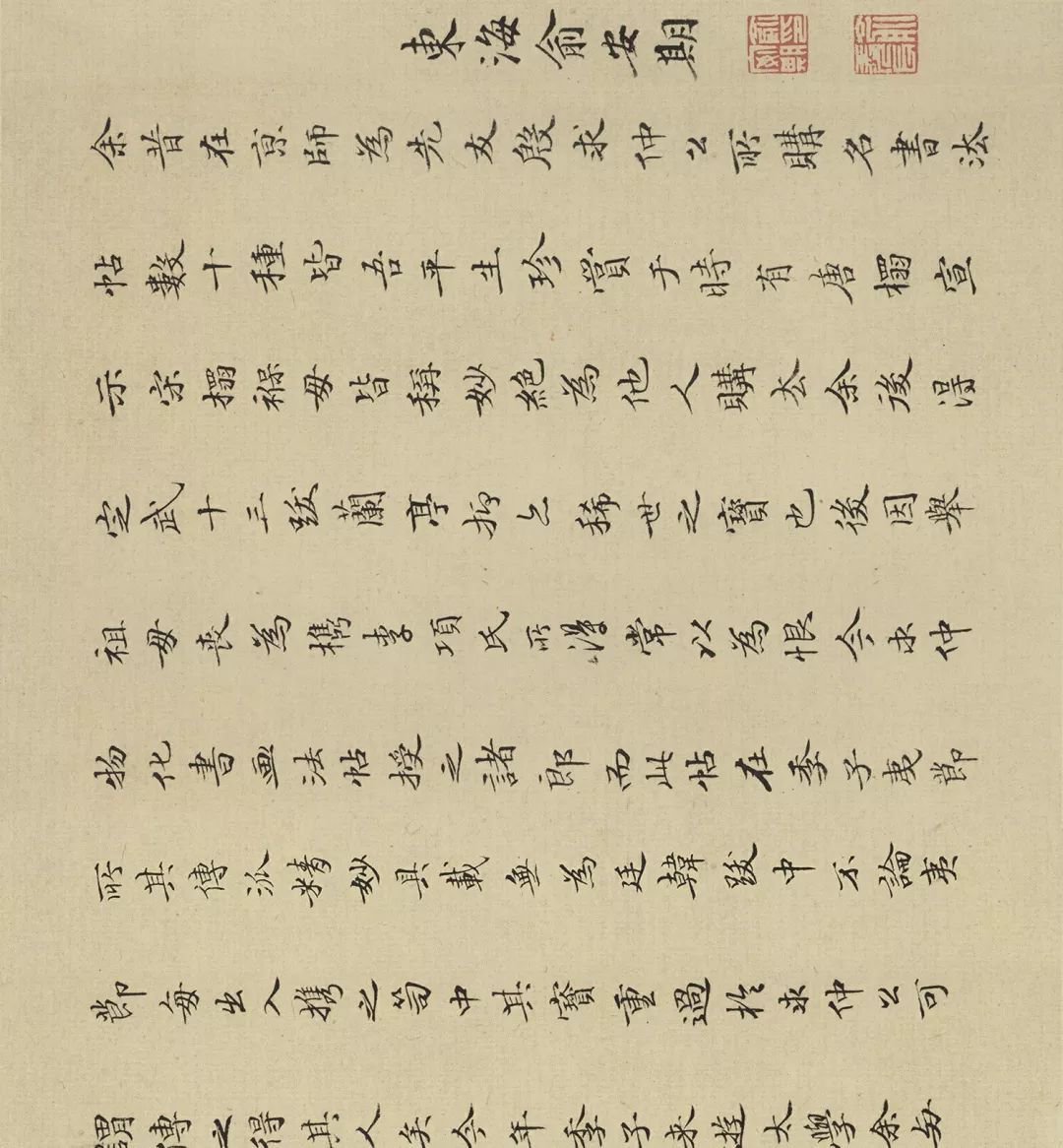
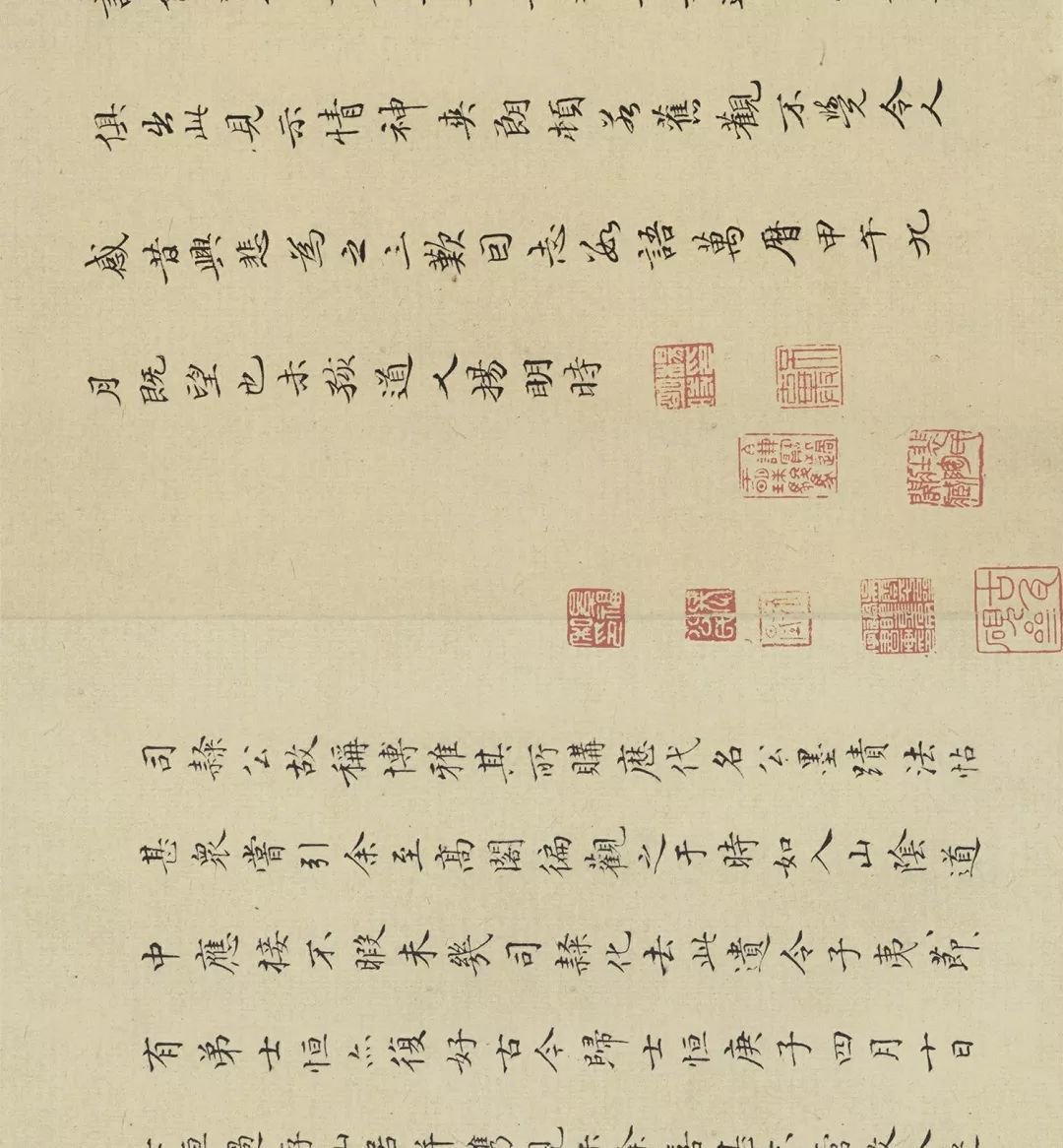
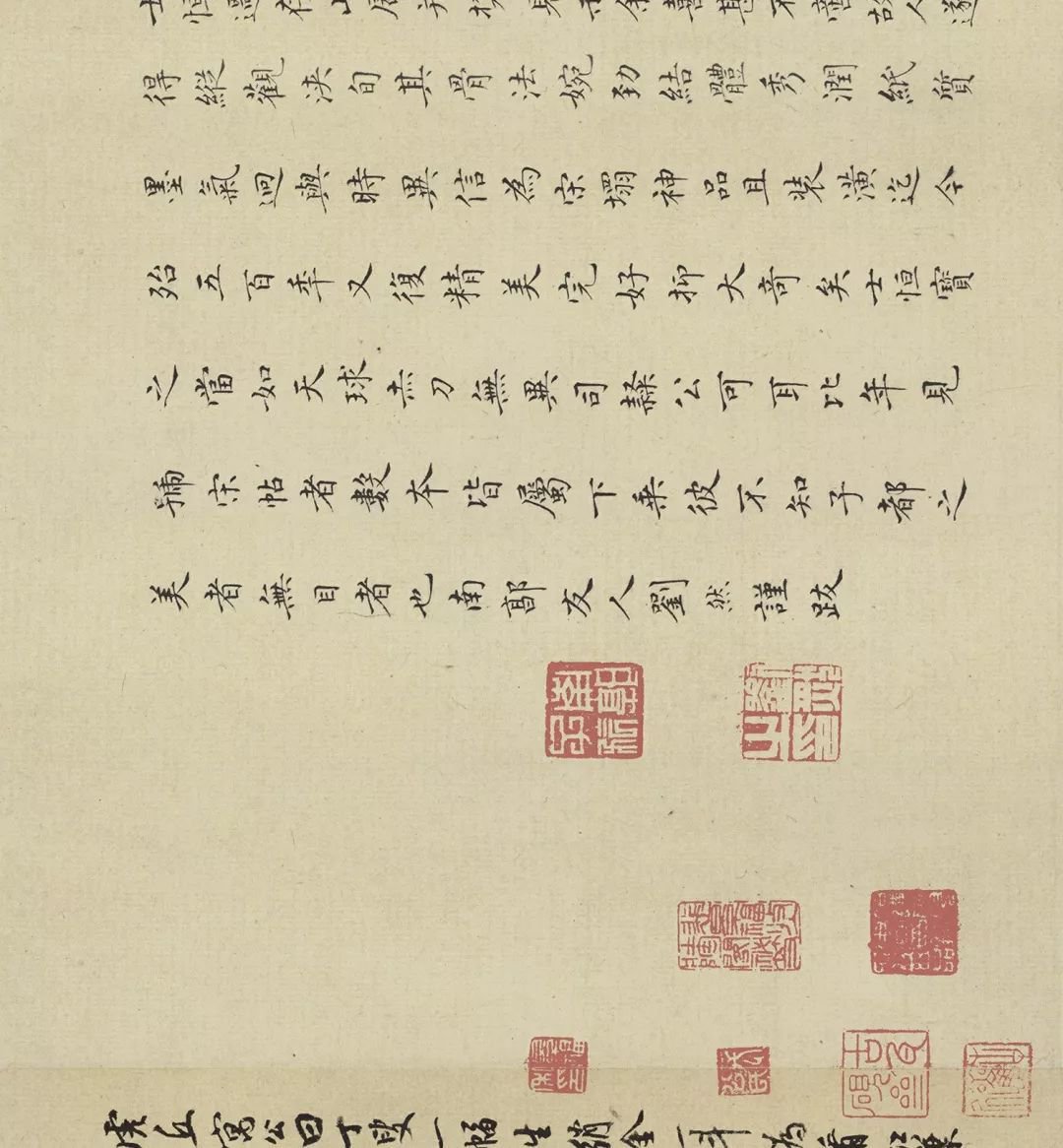
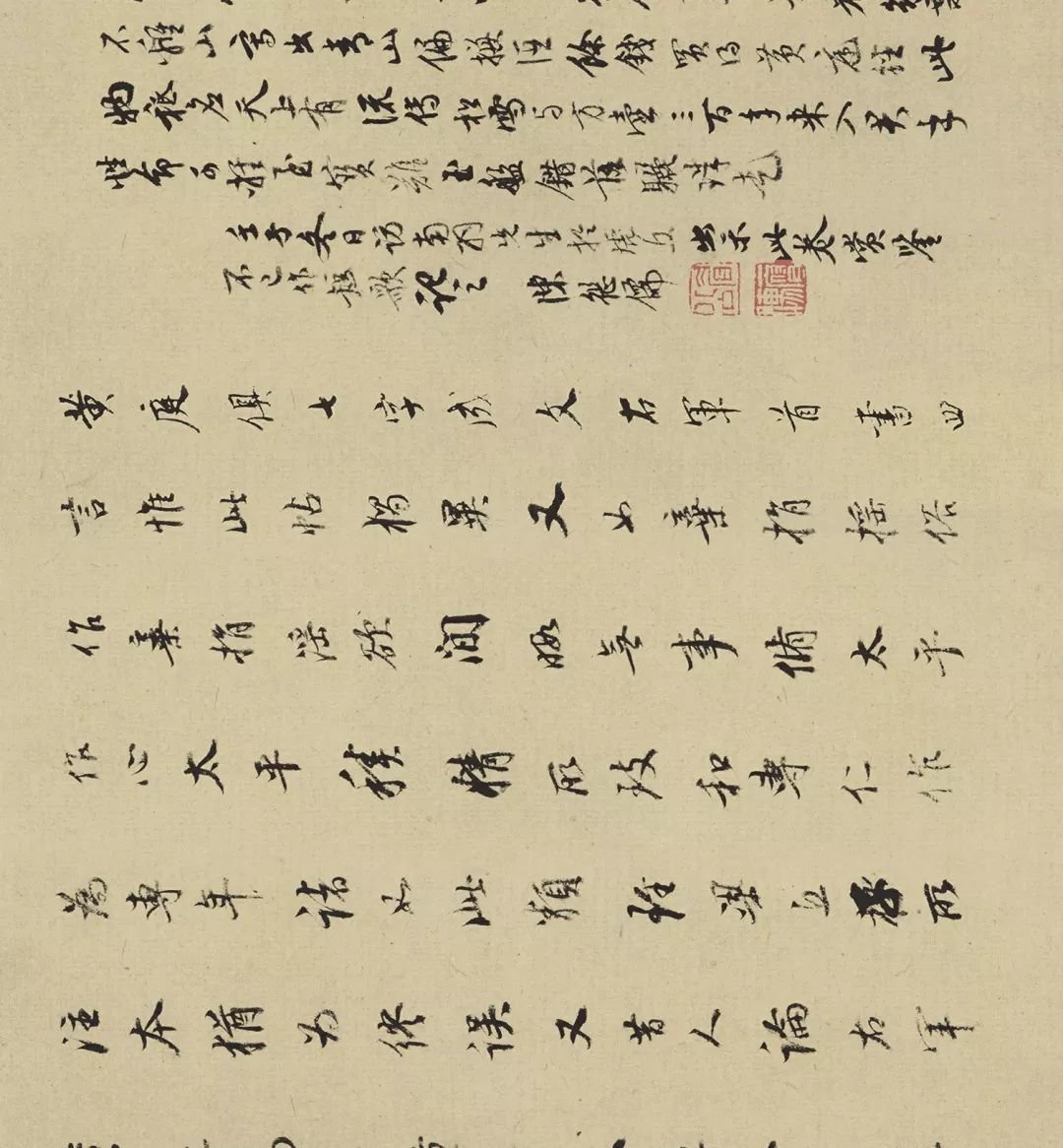
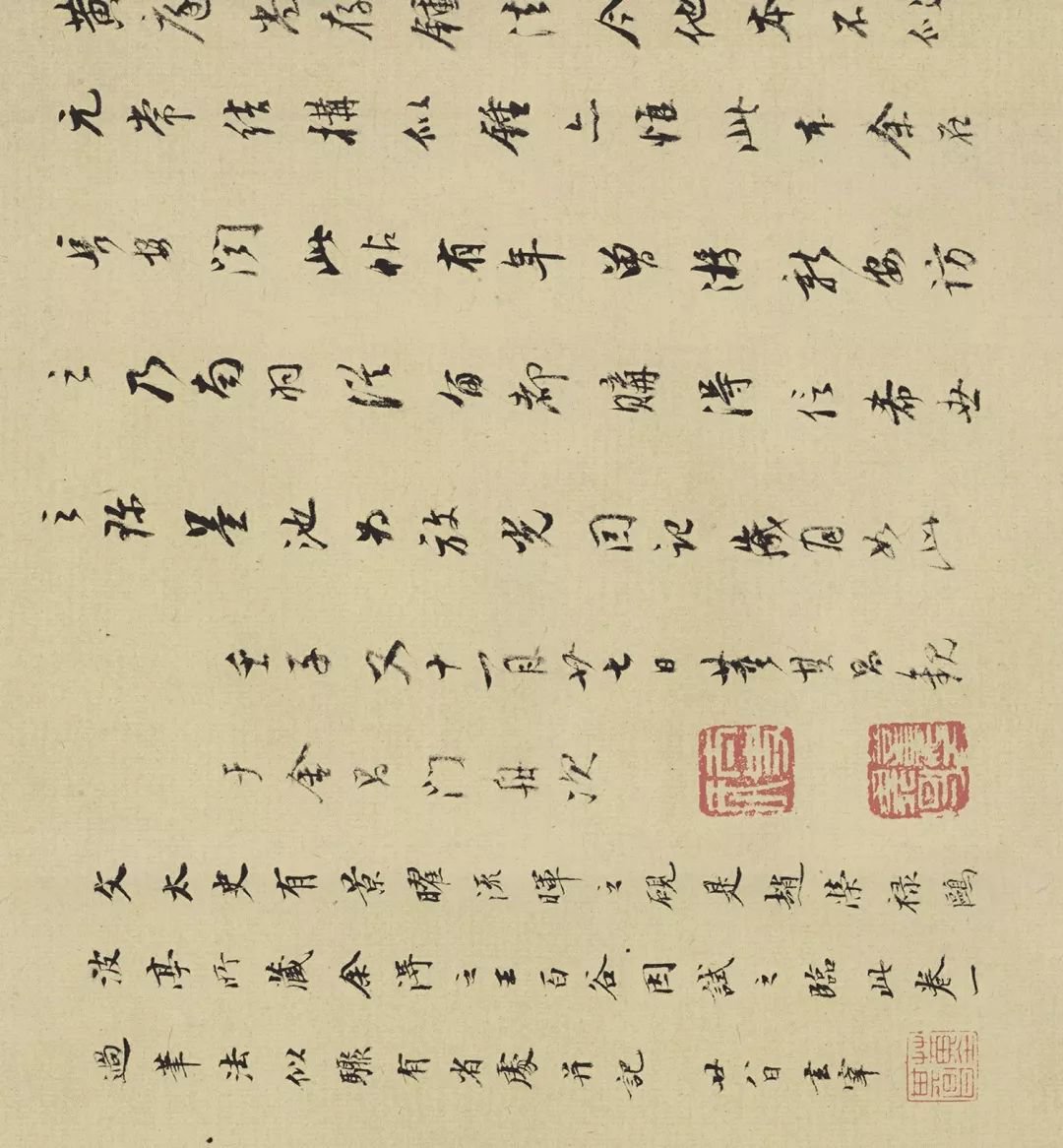
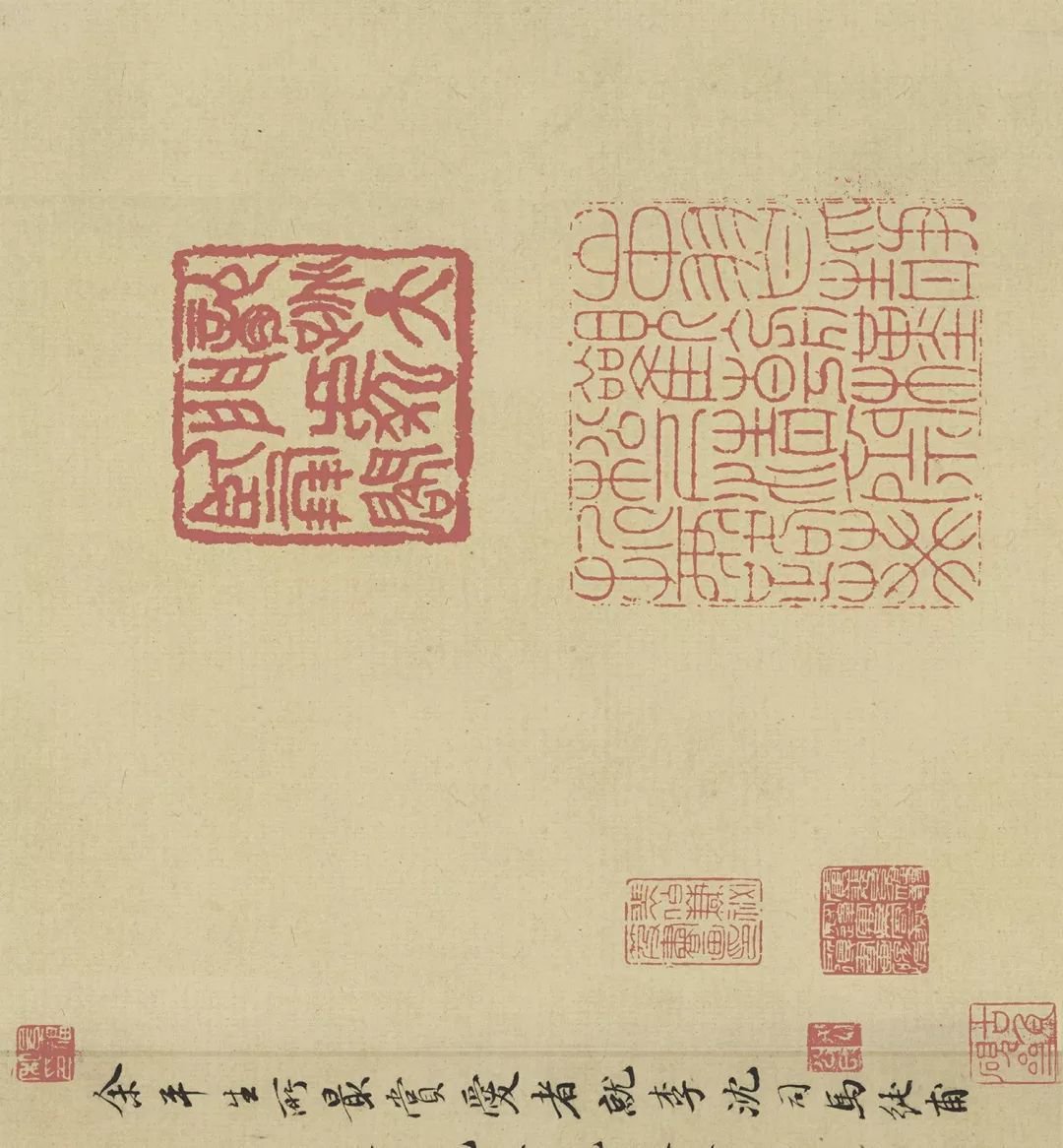
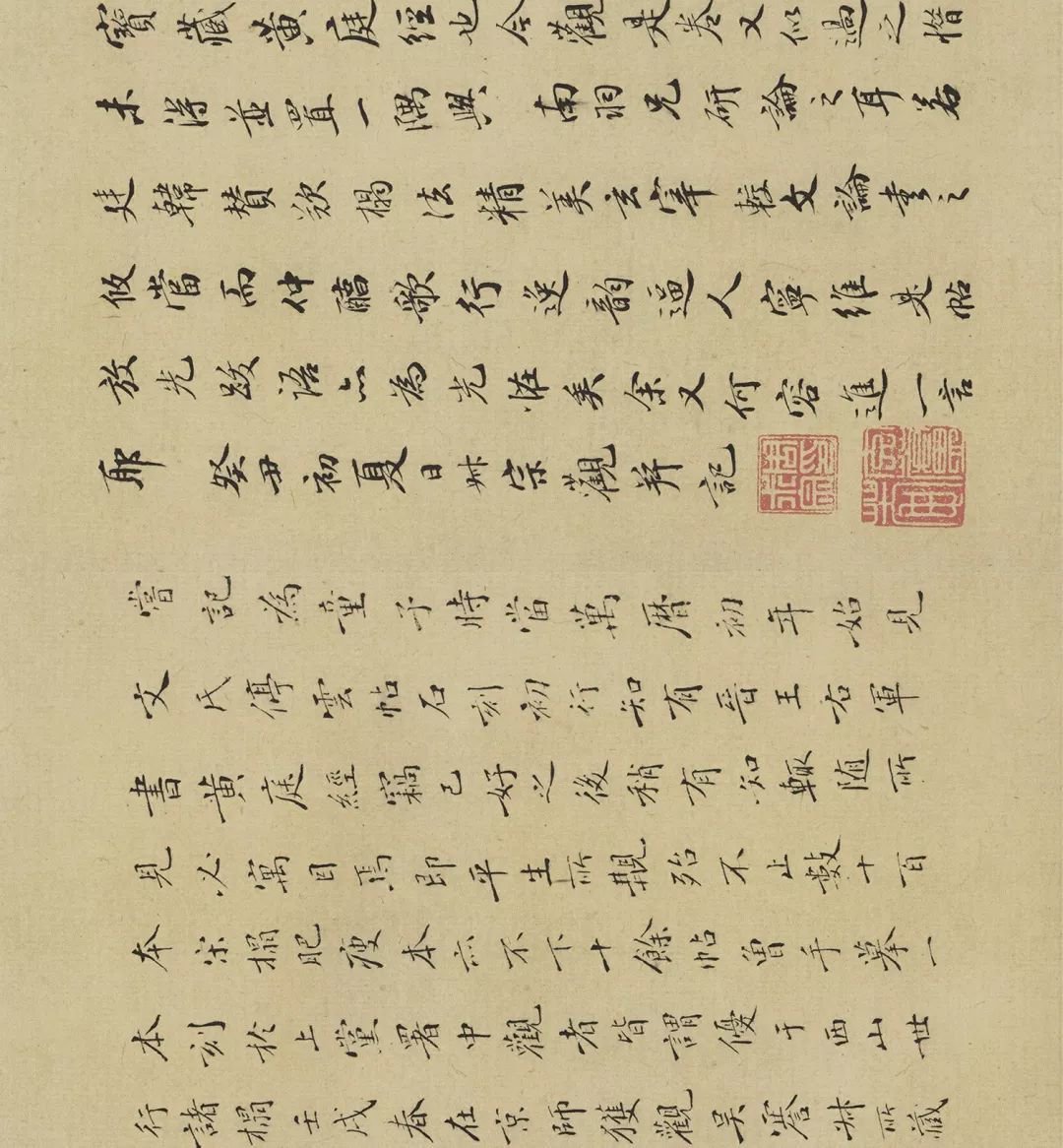
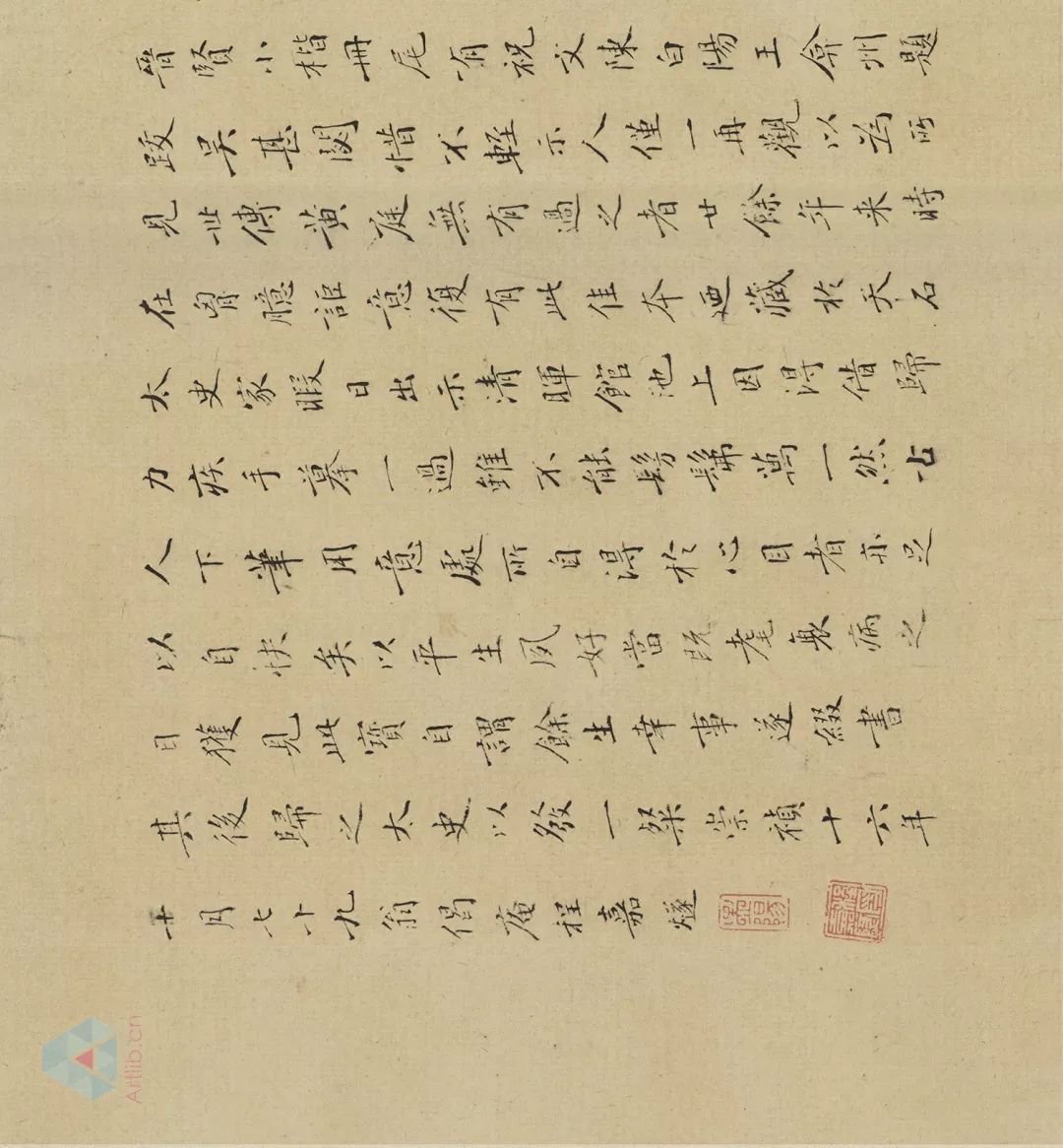
26.3cm×106.2cm|Old collection of Song Tuo and Zhao Mengfu
"Heart Peace Edition": The "Heart Peace Edition" in the edition collected by Zhao Mengfu is different from the "Xiu Taiping Edition" in his edition, so it is called the "Heart Peace Edition".
Wang Xizhi's regular script not only inherited the charming style of Mrs. Wei, but also absorbed the style of the stele. He said: "Xizhi Shao studied the books of Mrs. Wei, and he will be considered a great man; when he crossed the Yangtze River and traveled to famous mountains in the north, he saw the books of Li Si, Cao Xi and others; and of Xuxia, he saw the books of Zhong Jue and Liang Hu; and of Luoxia, he saw the books of Cai Yong. "The Stone Classic" is a three-body calligraphy; and after meeting with my brother Cong, I saw Zhang Chang's "Huayue Stele", and I learned to study Mrs. Wei's calligraphy, but it was a waste of years... So I changed my teacher and continued to study at the stele. ." This was a major turning point in his academic career.
Wang Xizhi's calligraphy integrated the simplicity of seal script and the agility of cursive script with the elegance of regular script. It became the most respected calligraphy style at that time, and also became the object of study and reform by the later Tang Dynasty.


